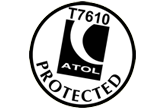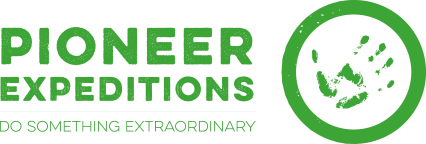Enjoy browsing our trips to the Philippines, or click the button below to go to our extended site search.
Phillippines Trips
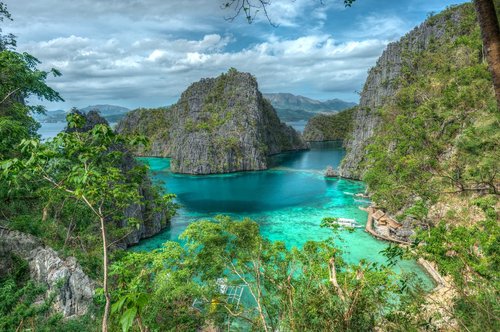
Philippines – Desert Island Survival
Philippines
We have all wondered- what if? What if I were marooned on a desert island how would I survive?
DETAILS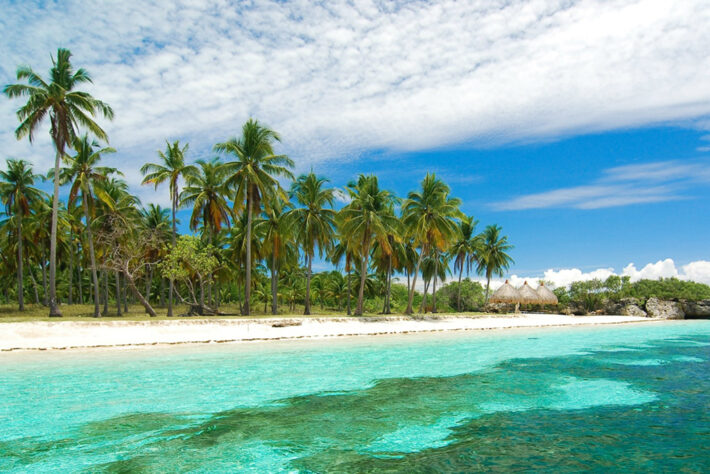
Philippines – Family Island Odyssey
Philippines
On this 12 day tour we get the opportunity to visit a number of the enchanting Philippine Islands from Bohol, where we get to see one of the smallest primates on earth to the Palawan.
DETAILS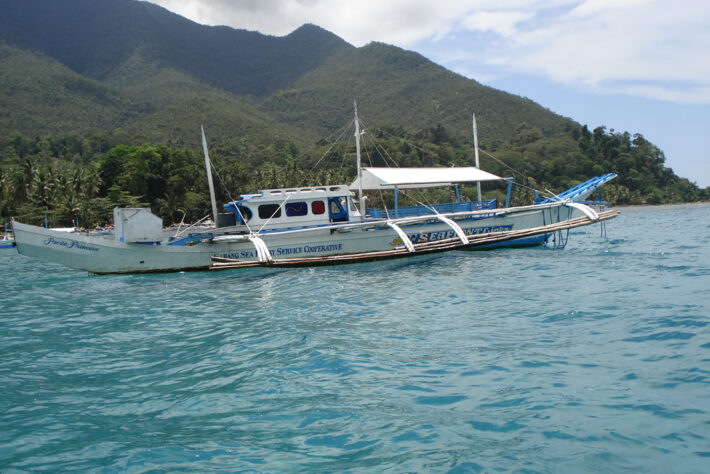
Philippines – Palawan Island Explorer
Philippines
Experience Palawan, treking to waterfalls and through tropical rainforest, canoe the longest underground river in the world, visit magical islands, hidden beaches, relax at a luxurious eco resort.
DETAILSPhilippines Country Information
An adventure holiday to the Philippines is a holiday with a difference. With over 7,000 islands in the Philippine archipelago and on the Pacific “ring of fire”, it’s a treasure trove of natural wonders and cultural curiosities.
Pristine primary rainforest, ancient rice terraces, culturally rich tribal communities, smouldering volcanoes, deserted tropical islands, unsurpassed coral reefs and abundant marine life in its crystal clear waters, makes a holiday in the Philippines a truly unique experience, and ideal as a multi-activity trip, or for snorkeling, diving, kayaking, swimming and trekking. As the best time to visit the Philippines is during the dry season between November and April it makes a perfect destination for family adventure holidays, remote “Robinson Crusoe type” honeymoon adventures and for couples wishing to experience winter sun-filled tropical adventures to escape the European winter.
About Philippines
Geography
Palawan is a long narrow island aligned NE-SW with an area of 1.2 million hectares forming the southwesternmost part of the Philippines. A mountainous spine rising to over 2000 metres above sea level runs for almost the entire length of the island, although in the north the mountains give way to rolling hills, laced with steep and fast flowing rivers. There are very few extensive areas of lowland.
Palawan’s 1,959 kilometres of coastline are littered with 1780 islands and islets, rocky coves, sugar-white sandy beaches of primordial tropical splendour. Palawan harbours vast tracts of tropical rainforest; thick canopies of trees carpet the mountain ranges running the length of the mainland. The fauna tends to the endemic and exotic – leopard cat, Palawan bearcat (binturong), chevrotain (mouse deer – 8 to 14 inches), king cobra, Palawan stink badger (mongoose), pangolin (scaly anteater), palawan porcupine, calamian hog deer, rare parrots and birds, more than 30 species of bats and over 600 species of butterfly. The Calauit Wildlife Sanctuary in the northern Calamianes islands is home to both endemic and exotic species of animals like zebras, topis, gazelles and giraffes! that roam freely in its verdant hills and plains.
Culture
Palawan is a melting pot of 87 different cultural groups and races that live together in peace and harmony. Generally, the people are of Malay origin but there is a strong evident influence from Borneo, China and the Middle East. Eighteen percent of the populace is composed of the following cultural minority groups, including:
Politics & Security
Although the country has remained a democracy it has enjoyed little stability. President Joseph Estrada was forced out of office in 2001 after months of protests at his corrupt rule. His successor Gloria Arroyo has also experienced a lack of popularity in the country.
We advise that you check the FCO (www.fco.gov.uk) for any new advice before travelling.
Regarding Crime – just as much as in your hometown, thefts and robberies can happen in the Philippines, especially in the larger cities. These are reduced by taking sensible precautions including: being met at the airport and using organised trip and transfer services (all part of your Pioneer trip). We would also recommend avoiding displays of cash and jewellery. Crime levels in the Palawan and Bohol are much lower than for the rest of the country.
Economy & Tourism
About 48% of Philippine workers live by agriculture, wood products, and by fishing. Approximately 37% of them work in industrial buildings. Only 15% are miners, construction workers, and manufacturers. Although currently an underdeveloped aspect of the country, tourism has been outlined as an area with good growth opportunities, but it still remains a relatively unique endeavour.
Language
Filipino is the official language of the Philippines as well as English, following the American occupation of the country. Spanish is also frequently a second or third language in The Philippines, despite its gradual decline since the 1940s.
Religion
Over 90% of the Philippine’s population are Christians, 80%of which belong to the Roman Catholic church, making The Philippines is Asia’s largest Catholic nation. The majority of those remaining are Muslim, although many aboriginal- tribal groups practice Philippine traditional religions, often combined with Christianity.
Further Information
taken from ‘Discover Palawan’ – a publication of the Palawan Provincial Information Office:
Palawan is a narrow archipelago of 1,700 islands on the western border of the Philippines. Its geographical location makes it seem remote from the rest of the country, and in fact, some of its southern islands are closer to Malaysia than to other provinces. The waters of the South China Sea lap the western shores of Palawan, while the Sulu Sea hugs its eastern coast.
With a land area of nearly 1.5 million hectares, Palawan is the country’s largest province. Its irregular coastline stretches almost 2,000 kilometres long, indented by numerous coves and bays. Highlands and rolling terrain covered with lush forests create a cool and scenic landscape.
Except for northern towns which are occasionally visited by storms, Palawan is generally typhoon-free. Warm weather prevails from March to May, while the coolest months are from December to February. Heavy rainfall is usually experienced in July and August, often accompanied by southwest monsoon.
The crime rate is low and most Palawenos are contented to lead simple lifestyles. Food is abundant to all who are willing to work for a living.
The province is a melting pot of migrants from various parts of the Philippines and other countries. The influx of settlers accounts for the high population growth rate of 3.98% annually. By the turn of the century, the number of Palawenos is expected to reach 750,000.
History
Ancient Chinese traders and waves of migrants arrived in the Philippines by traversing land bridges between Borneo and Palawan. One Chinese author referred to these as islands as Kla-ma-yan (Calamian), Palau-ye (Palawan), and Paki-nung (Busuanga). The area was described as having many lofty ridges and high ranges of cliffs. Pottery, china and other artefacts recovered from caves and the water of Palawan attest to the flourishing trade between Chinese and Malays here centuries ago.
Malay settlers began arriving in Palawan in the 12th century. For some time, many settlements were ruled by Malay chieftains. Because of its proximity to Borneo, Southern Palawan was placed under the control of the Sultanate of Borneo for more than two centuries after the arrival of the Spaniards.
In pre-colonial times, settlers lived abundantly from the fruits of the earth. They grew palay, ginger, coconuts, camote, sugar and bananas. The people also raised pigs, goats and chickens. They had fishing, farming, and hunting implements such as bamboo traps and blowguns. The local people had a dialect consisting of 18 syllables.
Spanish Rule
The northern Calamianes Islands were the first to come under the sphere of Spanish influence and to be declared a province separate from the Palawan mainland. In the early 17th century, Spanish friars tried to established missions in Cuyo, Agutaya, Taytay and Cagayancillo but were met with stiff resistance from Moro communities. Towards the 18th century, Spain began to build churches enclosed by garrisons for protection against Moro raids in the town of Cuyo, Taytay, Linapacan and Balabac. Many of these forts still exist, serving as testimonies to a colourful past. In 1749, the Sultanate of Borneo ceded southern Palawan to Spain, which then established its authority over the entire province.
At first, the territory of Palawan (or Paragua as it was called) was organized as a single province named Calamianes, with its capital in Taytay. Later, it was divided into three provinces: Castilla covering the northern section of the province with Taytay as capital, Asturias in the southern mainland with Puerto Princesa as capital, and Balabac Island with its capital in the town of Principe Alfonso.
American Rule
When the Spaniards left after the 1898 revolution, a civil government was established. Provincial boundaries were revised in 1903, the name of the province was changed to Palawan, and Puerto Princesa became its capital.
The American governors who took the reins of leadership introduced reforms and programs to promote the development of the province. These included the construction of schools all over the province., the promotion of agriculture, and bringing people closer to the government.
People, Language and Religion
Indigenous People Palawan is home to several ethno linguistic groups: the Tagbanua, Pala’wan, Tau’t Bato and the Bataks. They live in remote villages in the mountains and coastal areas. Their ancestors are believed to have occupied the province long before Malays settlers from the Madjapahit Empire of Indonesia arrived in these islands in the latter 12th or 13th centuries.
In 1962, a team of anthropologists from the National Museum led by Dr. Robert Fox unearthed fossils at Lipuun Point (now known as the Tabon Cave complex) that were classified as those of Homo sapiens and believed to be 22,000 to 24,000 years old. The recovery of the Tabon Man and other significant findings in the area gave rise to Palawan’s image as the Cradle of the Philippine Civilization.
Research has shown that the Tagbanua and Pala’wan are possible descendants of the Tabon Caves inhabitants. Their language and alphabet, practice of kaingin and common belief in soul-relatives are some of their cultural similarities.
Tagbanua tribes are found in the central and northern Palawan. They practice shifting cultivation of upland rice, which is considered a divine gift, and are known for their rice wine ritual called Pagdiwata. The cult of the dead is the key to the religious system of the Tagbanua, who also believes in countless deities found in the natural environment.
The Pala’wan belongs to the large Manobo-based linguistic groups of the southern Philippines. Their original homes were located in the interior regions of South Apuruan on the west coast and south of Abo-Abo on the east coast.
The Batak, which means “mountain people” in Cuyuno, lives in the rugged interiors of northeastern Palawan. Living close to nature, they are peaceful and shy people. The Batak believe in nature spirits, with whom they communicate through a babaylan or medium.
The Tau’t Bato or “people of the rock” is a sub-group of the Pala’wan tribe living in Singnapan Valley in southern Palawan. They stay inside caves during the rainy season and come out to engage in kaingin farming during the dry season. The tribe is familiar with certain concepts of the market system such as wage, labor and money.
Native-born Palawenos include the Cuyunons, Agutaynons, and Molbogs. Originally from the island town of Cuyo in northern Palawan, Cuyunons are considered an elite class. They are religious, disciplined and have a highly-developed community spirit. The Agutaynons practice a simpler island lifestyle, with fishing and farming as their main source of livelihood. The Molbogs, the original inhabitants of the southernmost island group of Balabac, derive their name from the word “malubog” which means turbid water. Among Palawenos, the Molbogs are the ones most exposed to Islamic culture.
Nature
Known the world over as the Philippines’ last ecological frontier, the province of Palawan harbors vast tracts of tropical rainforests and huge expanse of marine wilderness. Thick canopies of trees carpet mountain ranges running the length of the mainland. Fringing reefs and coral atolls open a new realm to discover under the clear waters surrounding this archipelago of more than 1,700 islands. Ribbons of meandering streams and rivers wind through the mountains, nurturing robust stands of mangrove in the lowlands before flowing out to the sea.
Palawan probably has more protected areas than any other province in the Philippines. The Calauit Wildlife Sanctuary in the northern Calamianes islands is home to exotic and endemic species of animals that roam freely in its verdant hills and plains. On the northern coastline, the El Nido Protected Area is noted for its edible birds’ nests and limestone cliffs. In the middle of the Sulu Sea lies the Tubbataha Reefs, a pair of coral atolls recently named as a World Heritage Site for its highly diverse collection of fishes and other marine life. Along the west coast, the St. Paul Subterranean National Park features old-growth forests, cathedral caves, white sand beaches and one of the longest underground rivers in the world. In the south, Ursula Island is a haven for migratory and resident birds.
The entire province was proclaimed as Fish and Wildlife Sanctuary in 1967. Palawan is the habitat of 232 endemic species. Some of these unique creatures are the metallic-colored peacock pheasant, the shy mousedeer, the cuddly bearcat, and the reclusive scaly anteater. In the forests and grasslands, the air resonates with the song of more than 200 kinds of birds. Over 600 species of butterflies flutter around the mountains and field of Palawan, attracted to some1,500 flowering plants found here. Endangered sea turtles nest on the white sand beaches, and the gentle dugong feeds on the seagrass that abound Palawan waters.
Commercial logging became a thing of the past with cancellation of timber license agreements in 1993. The same year, the provincial government created Bantay Palawan to assist national agencies in protecting some 325,000 hectares of primary forest. Residual and mossy forests cover an additional 26,000 hectares of Palawan’s land area.
Rocky coves and sandy beaches lie in primordial splendor along Palawan’s almost 2,000-kilometer coastline. Renowned scuba diver Jacques Costeau has described Palawan as having one of the most beautiful seascapes in the world. Sprawled beneath the seas are nearly 11,000 square kilometers of coral reefs. Myriads of fish swim in these underwater gardens.
Outstanding geographical features dot Palawan’s landscape. On the west coast, an array of limestone cliffs extends from Tabon Caves in the south all the way to Coron Reefs in the northern Calamianes islands. Challenging peaks with mystical names like Matalingahan, Cleopatra’s Needle and Capuas attract dozens of climbers yearly.
PACKAGES
Phillipines
Contact Us
Philippines
PACKAGES

Philippines – Desert Island Survival
Philippines
We have all wondered- what if? What if I were marooned on a desert island how would I survive?
DETAILS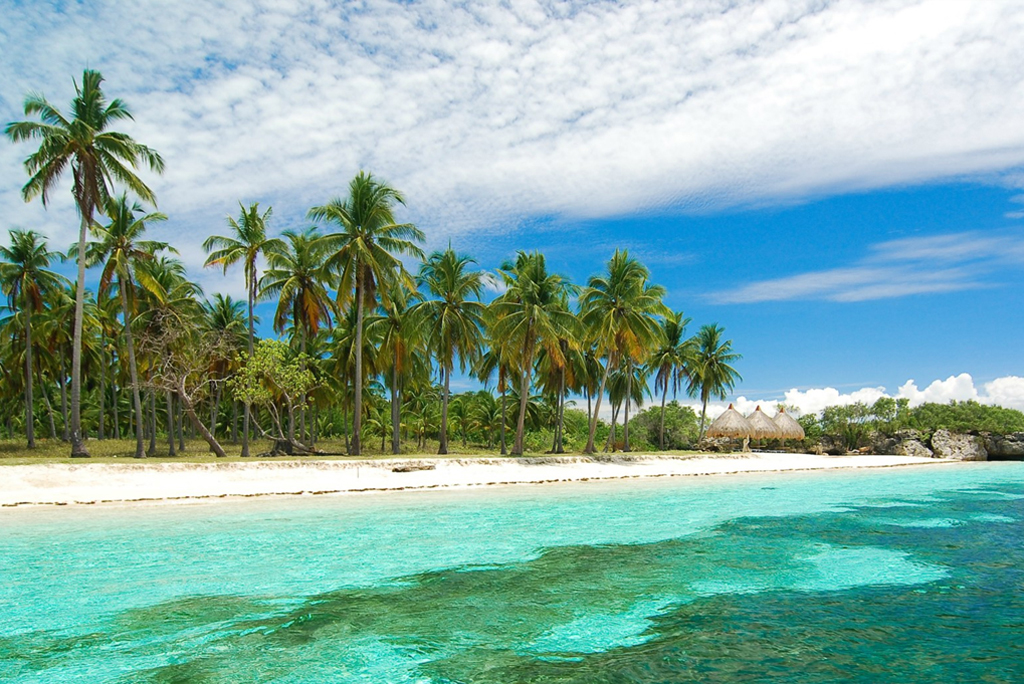
Philippines – Family Island Odyssey
Philippines
On this 12 day tour we get the opportunity to visit a number of the enchanting Philippine Islands from Bohol, where we get to see one of the smallest primates on earth to the Palawan.
DETAILS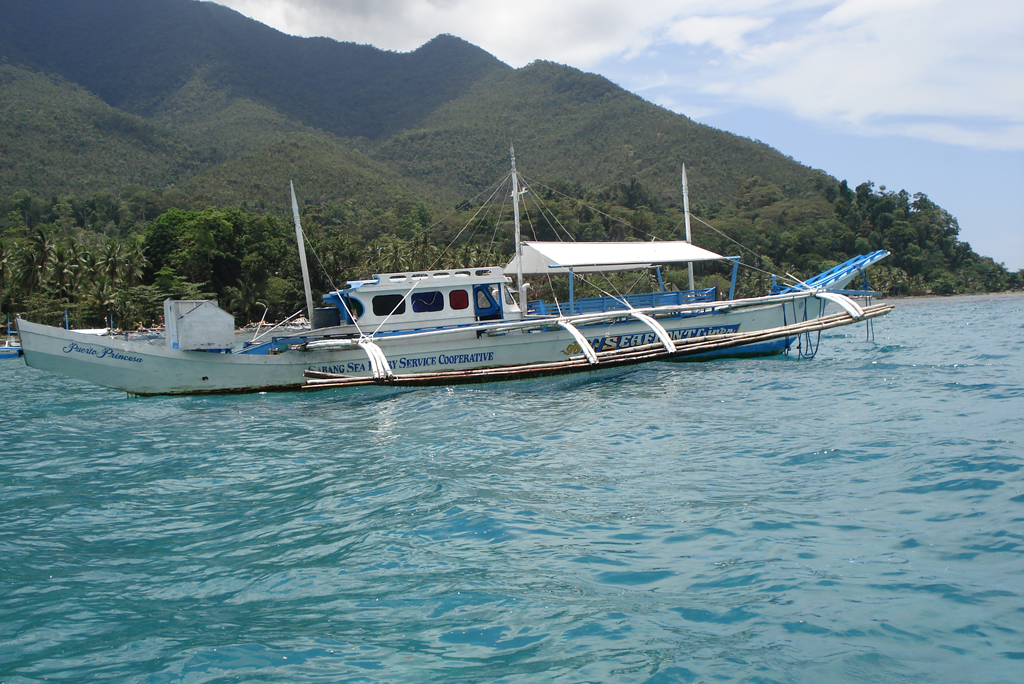
Philippines – Palawan Island Explorer
Philippines
Experience Palawan, treking to waterfalls and through tropical rainforest, canoe the longest underground river in the world, visit magical islands, hidden beaches, relax at a luxurious eco resort.
DETAILS


